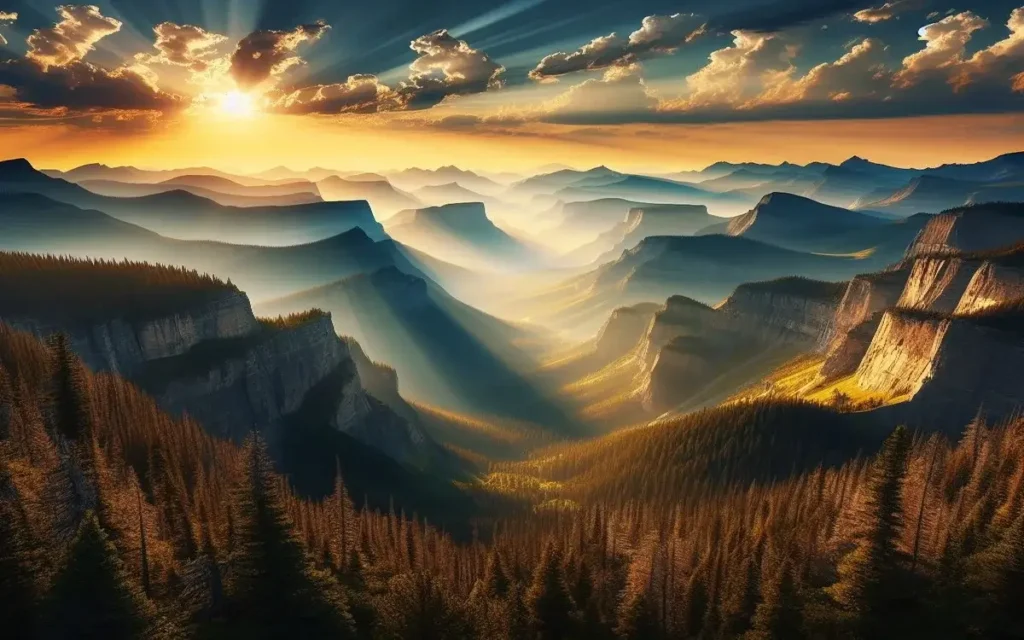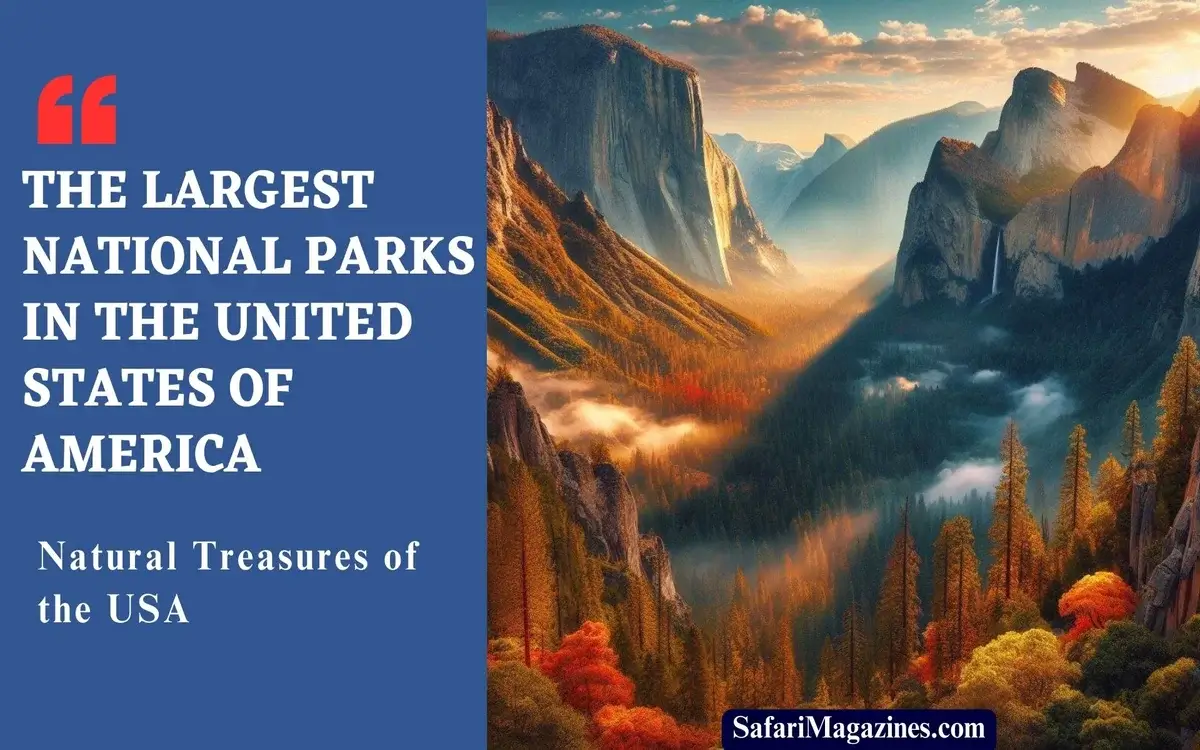
The Largest National Parks in the USA, the Natural Treasures of the United States of America. National parks in the United States is a testament to the country’s commitment to preserving its natural heritage and providing spaces for recreation and conservation. From the towering peaks of the Rockies to the vast expanses of desert, the United States has an impressive collection of national parks that meet different interests and offer breathtaking landscapes. In this article we’ll explores the largest national parks in the United States, each offering its own special mix of natural wonders and outdoor adventures.
Table of Contents
ToggleTop 15 Best National Parks in USA
Yellowstone National Park: Where Nature Reigns Supreme
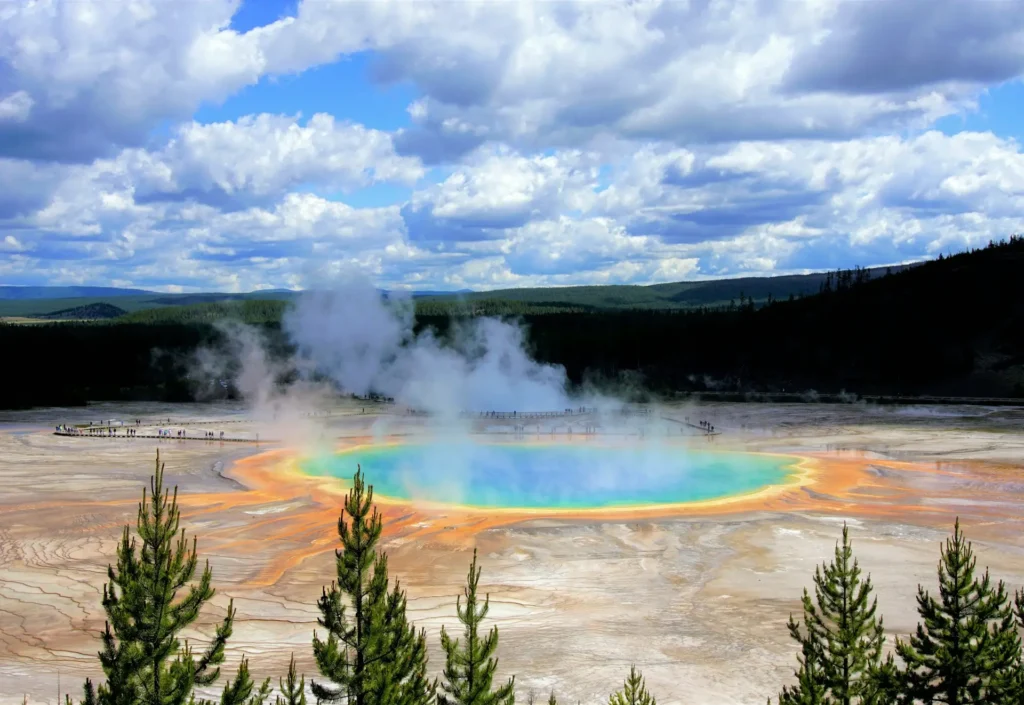
Yellowstone National Park was created in 1872, and known as the world’s first national park. It’s sprawling across Wyoming, Montana, and Idaho. Yellowstone is known for its geothermal features, including the famous Old Faithful geyser. It’s spanning over 2.2 million acres (8903.09 km2). Yellowstone is home to diverse wildlife, such as grizzly bears, wolves, and bison. This making it a haven for nature enthusiasts and wildlife photographers alike.
Wrangell-St. Elias National Park: A Wilderness Like No Other
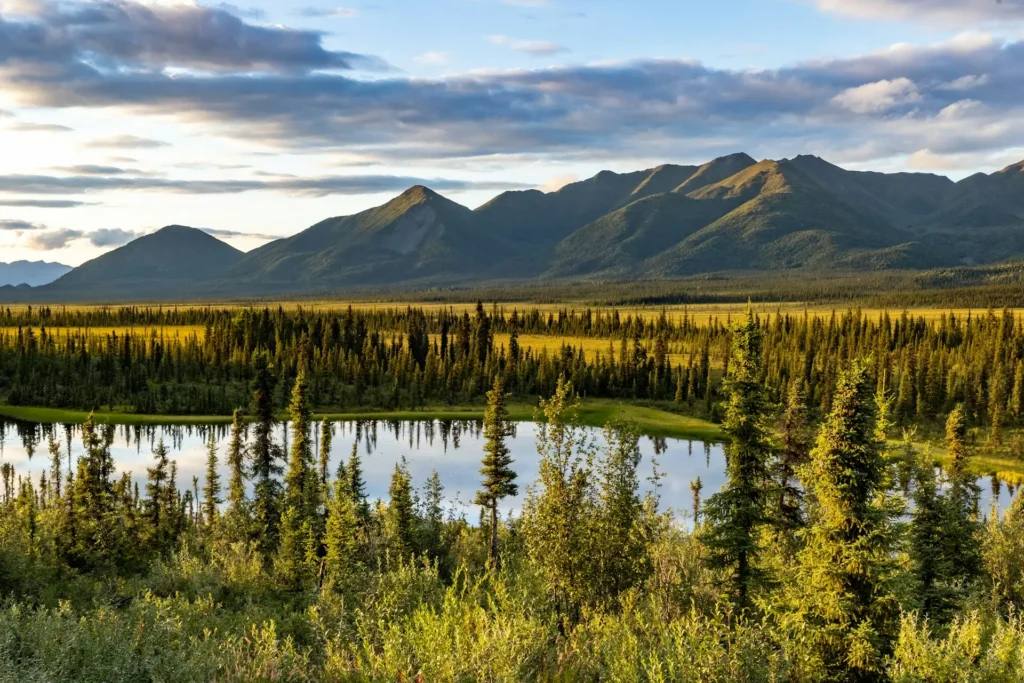
Venture into the heart of Alaska, and you’ll find Wrangell-St Elias National Park, the biggest national park in the United States. Encompassing an astounding 13.2 million acres (49776.33 km2), it’s a land of superlatives, boasting the tallest peak in North America, Mount St. Elias. Visitors can explore glaciers, remote valleys, and historic mining sites while enjoying unparalleled solitude in this rugged wilderness.
Continue reading: The Largest National Parks in the United States of America: Natural Treasures of the USA
Death Valley National Park: Nature’s Extreme Playground
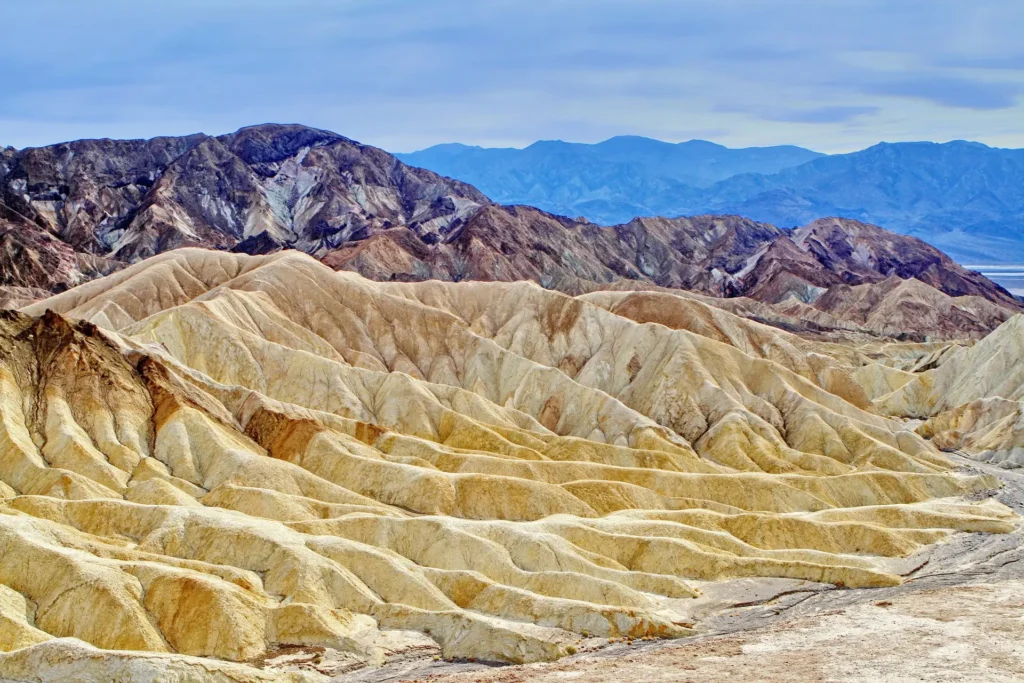
In the desolate expanses of California and Nevada lies Death Valley National Park, the hottest and driest national park in the United States. Despite its forbidding name, Death Valley teems with life, from hardy desert plants to elusive wildlife adapted to extreme conditions. At over 3.4 million acres (13759.31 km2), it’s a landscape of stark contrasts, with towering sand dunes, salt flats, and colorful badlands.
Denali National Park: Into the Heart of the Last Frontier
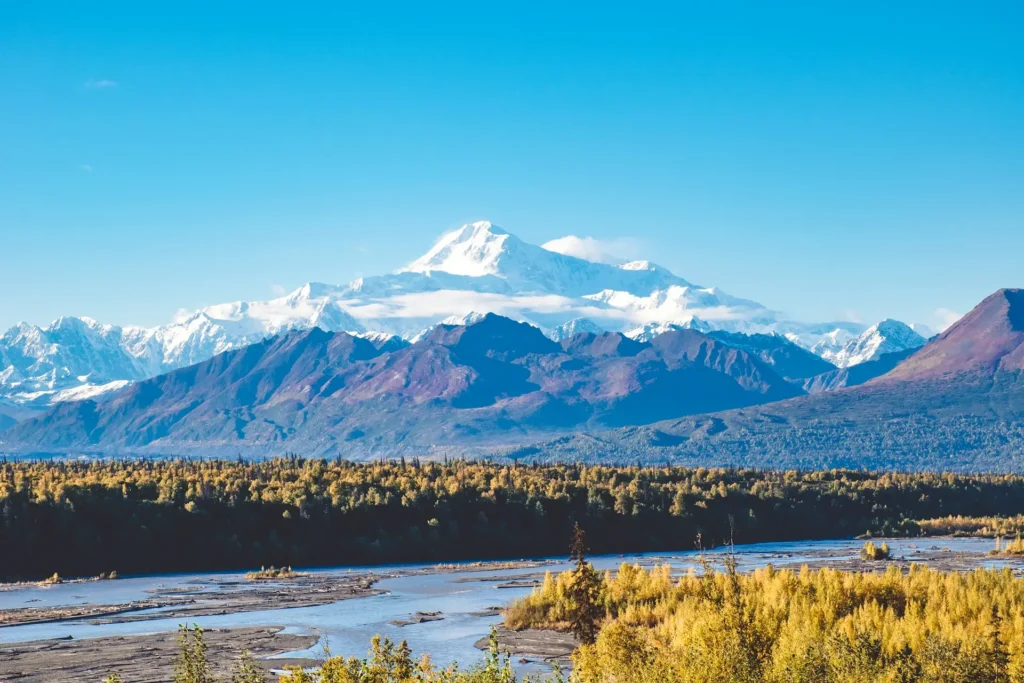
Journey to the heart of Alaska’s wilderness, and you’ll discover Denali National Park, home to North America’s tallest peak, Denali. It include more than 6 million acres (24281.14 km2) of pure wilderness. Denali offers unparalleled opportunities for wildlife viewing, with grizzly bears, wolves, and moose roaming freely across its expansive landscapes. So, visitors can embark on guided hikes, scenic drives, or even climb Denali for the ultimate adventure.
Continue reading: The Largest National Parks in the United States of America: Natural Treasures of the USA
Gates of the Arctic National Park: Where Wilderness Reigns Supreme
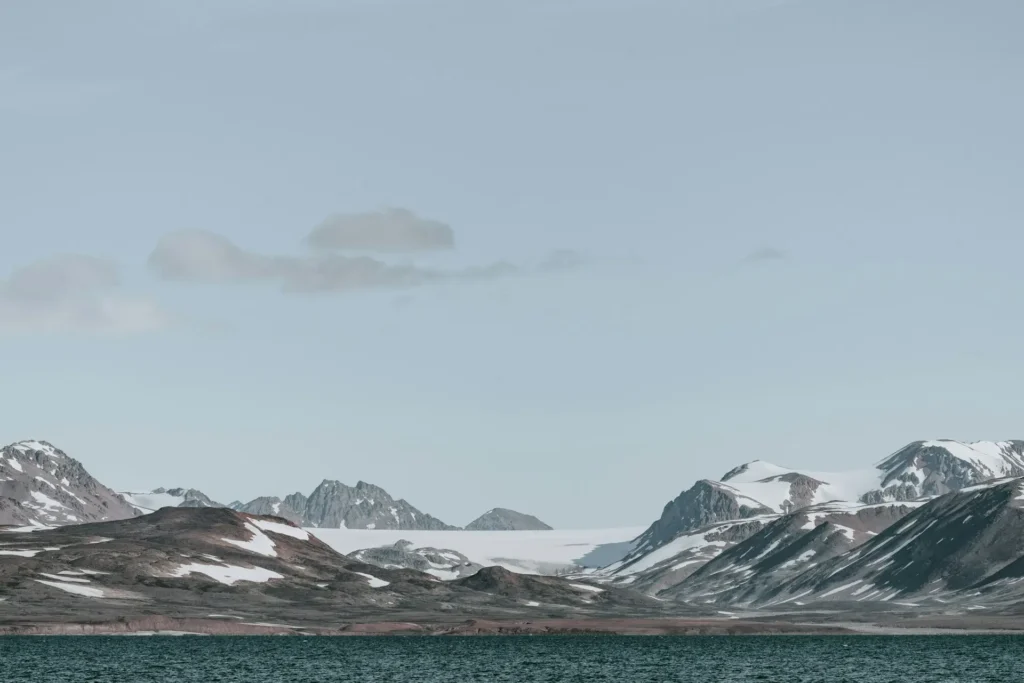
Tucked away in the remote reaches of northern Alaska lies Gates of the Arctic National Park, a vast wilderness untouched by roads or trails. It’s spanning over 8.4 million acres (33993.6 km2). Gates of the Arctic National Park is a land of rugged mountains, boreal forests, and pristine rivers. It’s offering a true wilderness experience for intrepid adventurers. For example, accessible only by bush plane or on foot, Gates of the Arctic promises solitude and serenity amidst breathtaking natural beauty.
Katmai National Park and Preserve
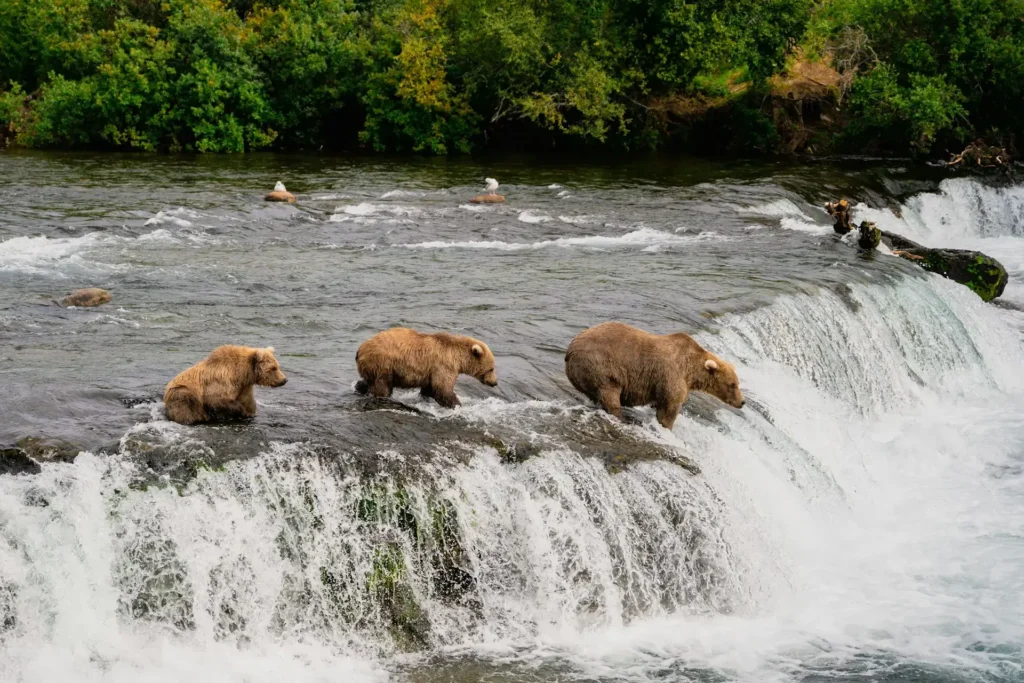
The Katmai National Park and Preserve is another remarkable national park that deserves recognition. It is located in southern Alaska. Katmai National Park and Preserve covers over 4 million acres (16187.43 km2) of pristine wilderness. This including rugged mountains, dense forests, and expansive tundra. One of the park’s most popular attractions is the Valley of Ten Thousand Smokes. Which is a vast volcanic landscape formed by the 1912 eruption of Novarupta volcano. Katmai is also known for its diverse wildlife, such as brown bears, salmon, and a variety of bird species. Visitors to Katmai can enjoy a range of outdoor activities, from hiking and fishing to wildlife viewing and photography. So, with its amazing landscapes and unparalleled opportunities for adventure, Katmai National Park and Preserve is a true treasure of the American wilderness.
Continue reading: The Largest National Parks in the United States of America: Natural Treasures of the USA
Glacier Bay National Park: Where Ice Meets Sea
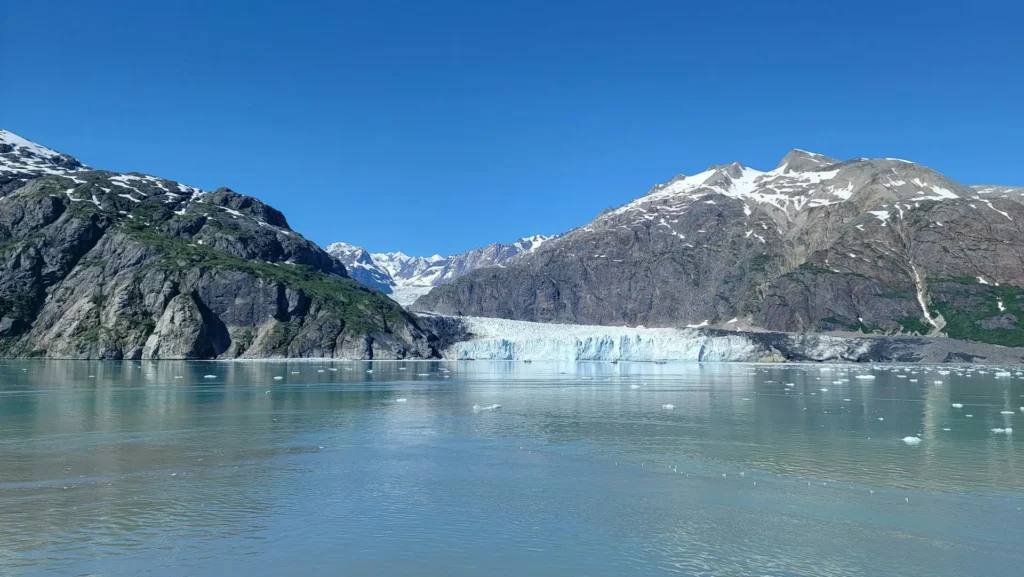
Journey to the rugged coast of southeastern Alaska, and you’ll encounter Glacier Bay National Park. It is a UNESCO World Heritage Site. Glacier Bay National Park is known for its spectacular glaciers and marine life. It’s spanning over 3.3 million acres (13354.63 km2). Glacier Bay National Park is a haven for nature and outdoor lovers, with opportunities for kayaking, whale watching, and exploring ancient forests. So, visitors can witness the dramatic retreat of glaciers and the resilience of ecosystems in the face of climate change.
Joshua Tree National Park
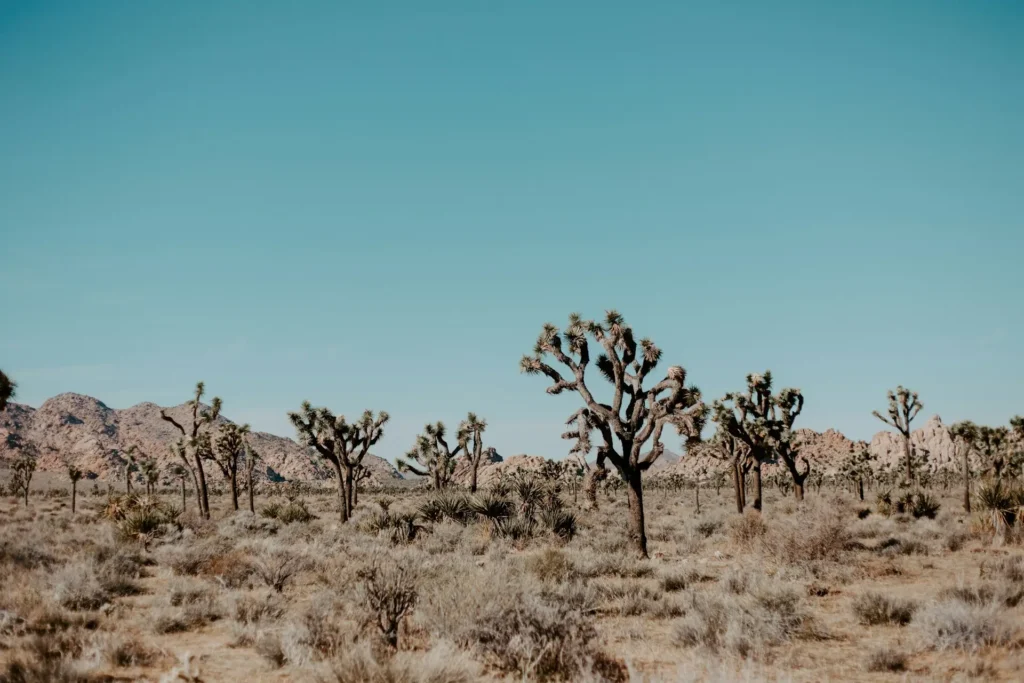
The Joshua Tree National Park is undoubtedly another gem in the crown of America’s national parks. It’s spanning nearly 800,000 acres (3237.49 km2) in southeastern California. Joshua Tree National Park is named after the distinctive Joshua trees that dot its landscape. With its exotic rock formations, rugged mountains, and wide desert expanses, Joshua Tree offers a unique blend of natural beauty and outdoor adventure. Visitors can explore the park’s numerous hiking trails, go rock climbing amid towering granite monoliths, or simply gaze at the breathtaking night sky filled with stars. So, Joshua Tree National Park is truly a must-visit destination for anyone looking to discover the wonders of the desert Southwest.
Continue reading: The Largest National Parks in the United States of America: Natural Treasures of the USA
Yosemite National Park: A Treasure Trove of Natural Wonders
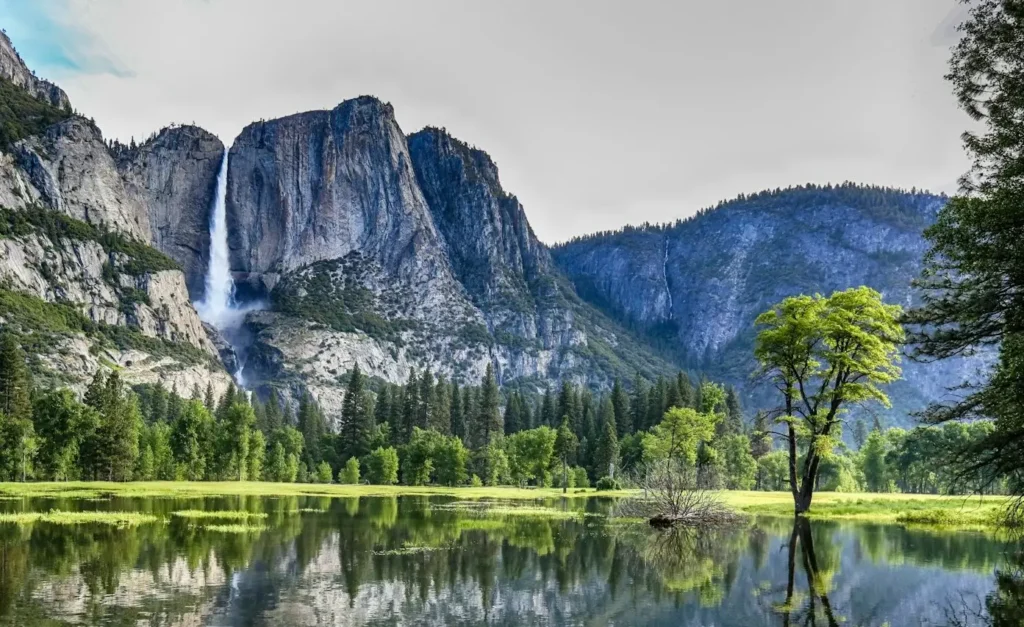
Yosemite National Park, nestled in the Sierra Nevada mountains of California, is a haven for outdoor enthusiasts and nature lovers alike. It’s covering an area of 750,000 acres (3035.14 km2). Yosemite National Park is known for its towering granite cliffs, spectacular waterfalls, and ancient sequoia groves. So, visitors can explore the giant sequoias, scale the granite monoliths, or just enjoy the stunning views of this famous park.
Grand Canyon National Park: Nature’s Masterpiece
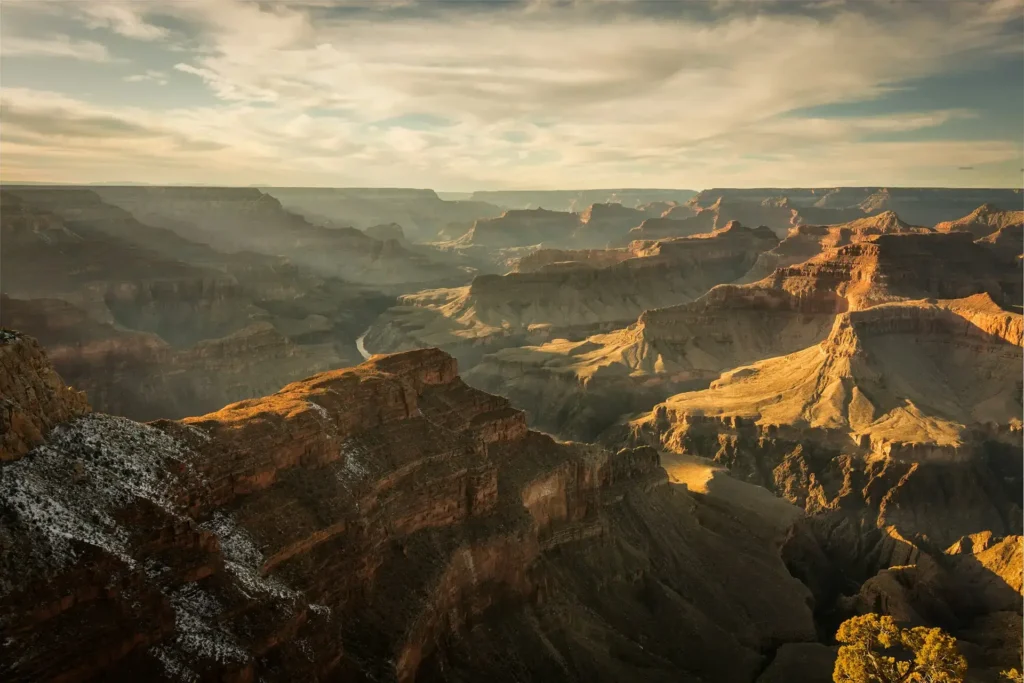
No list of national parks would be complete without mentioning the Grand Canyon. It’s one of the world’s most awe-inspiring natural wonders. Carved by the mighty Colorado River over millions of years, the Grand Canyon is a testament to the power of erosion and the beauty of geological processes. This national park spanning over 1.2 million acres (4856.23 km2). For example, it offers endless opportunities for exploration, from hiking along the rim to rafting through the canyon’s depths.
Continue reading: The Largest National Parks in the United States of America: Natural Treasures of the USA
Rocky Mountain National Park: Where Adventure Awaits
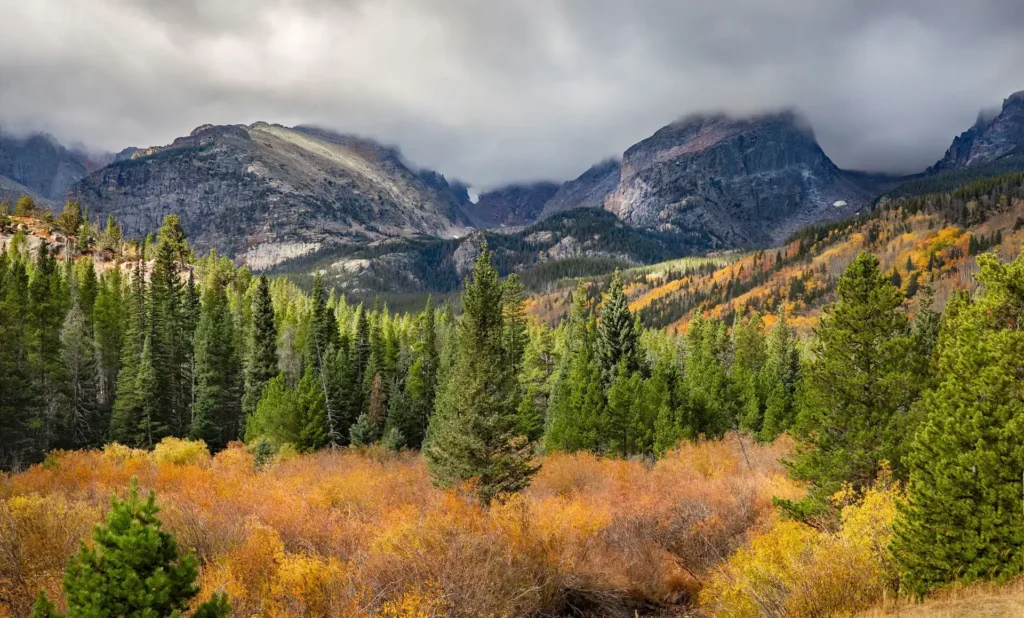
Rocky Mountain National Park, located in Colorado’s Front Range. It is a paradise for outdoor enthusiasts seeking adventure amid stunning alpine landscapes. This National Park is spanning over 415 square miles (1074.85 km2). It’s home to over 300 miles of hiking trails, pristine alpine lakes. Rocky Mountain National Park is also home to diverse wildlife, such as elk, bighorn sheep, and black bears. Whether you’re seeking a challenging summit climb or a leisurely stroll through wildflower-filled meadows, Rocky Mountain National Park has something for everyone.
Great Smoky Mountains National Park: A Tapestry of Biodiversity
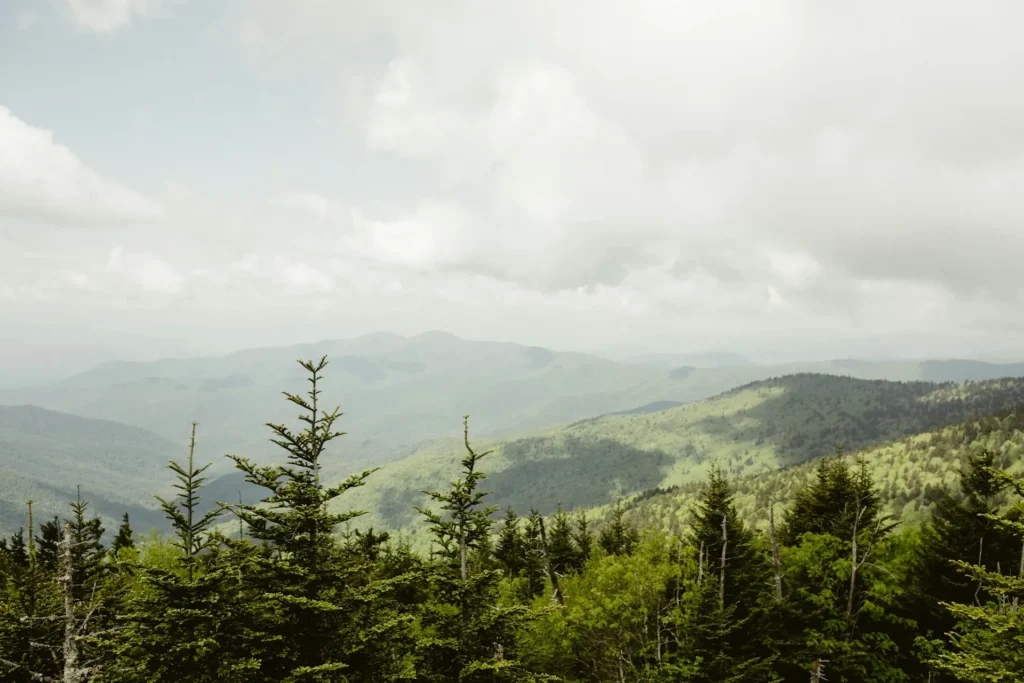
Great Smoky Mountains National Park is located along the border between Tennessee and North Carolina. It is a UNESCO World Heritage Site and the most visited national park in the United States. This national park is spanning over 800 square miles (2072 km2). Great Smoky Mountains National Park is a biodiversity hotspot, boasting over 19,000 documented species. From mist-shrouded mountains to lush forests, the park offers a myriad of recreational opportunities, such as hiking, camping, and wildlife watching. So, visitors can explore historic homesteads, splash in mountain streams, or simply revel in the tranquility of this natural paradise.
Continue reading: The Largest National Parks in the United States of America: Natural Treasures of the USA
Everglades National Park: America’s Wetland Wonderland
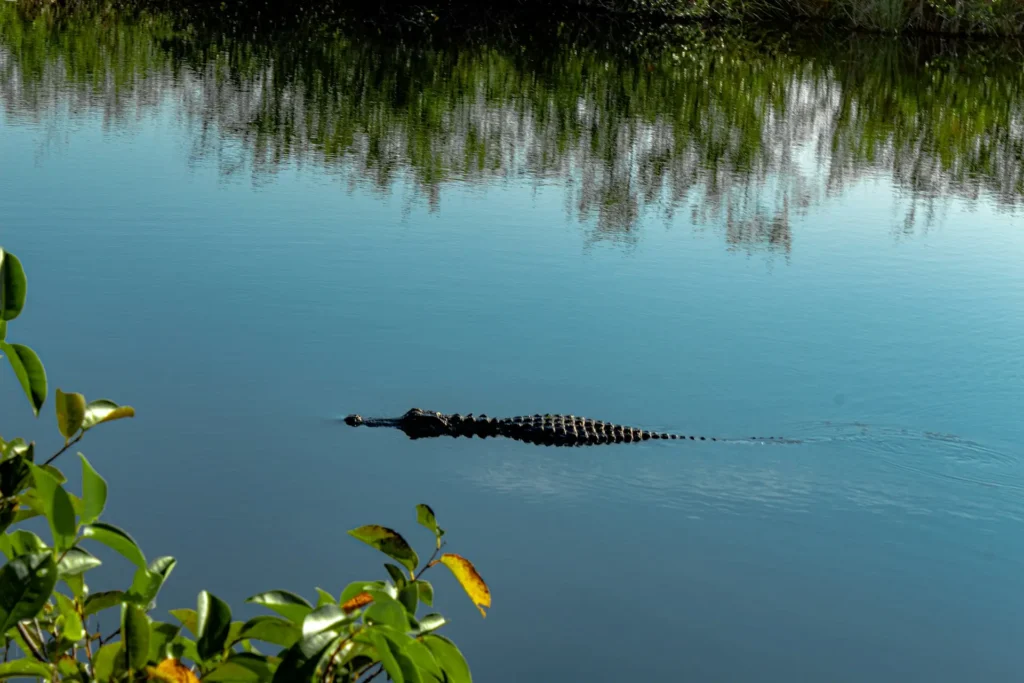
Explore the vast and diverse Everglades National Park in Florida. It’s a UNESCO World Heritage Site and the largest tropical wilderness of any kind in the United States. Everglades National Park is spanning over 1.5 million acres (6070.29 km2). This park is a combination of marshes, mangroves, and sawgrass prairies, providing a home to a wide range of wildlife such as alligators and endangered species like the Florida panther. Visitors can paddle through mangrove tunnels, embark on guided airboat tours, or hike through ancient cypress swamps. So they could immerse themselves in the vibrant ecosystems of this unique landscape.
Zion National Park: Red Rocks and River Canyons
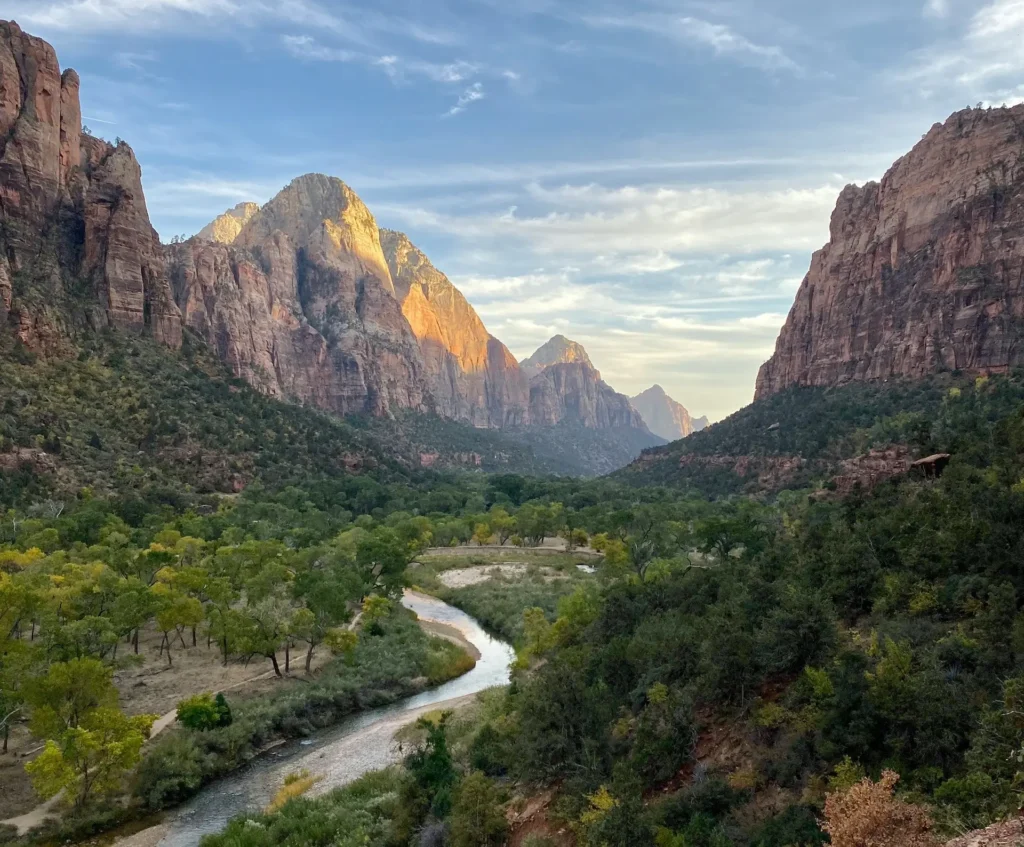
Nestled in the heart of Utah’s canyon country, Zion National Park beckons visitors with its towering red rock cliffs and emerald green river canyons. It’s area covering more than 146,000 acres (590.84 km2). Zion National Park is a paradise for outdoor adventurers, offering activities such as world-class hiking, rock climbing, and canyoneering opportunities. From the iconic Angel’s Landing trail to the serene beauty of the Narrows, Zion captivates visitors with its stunning vistas and rich cultural history.
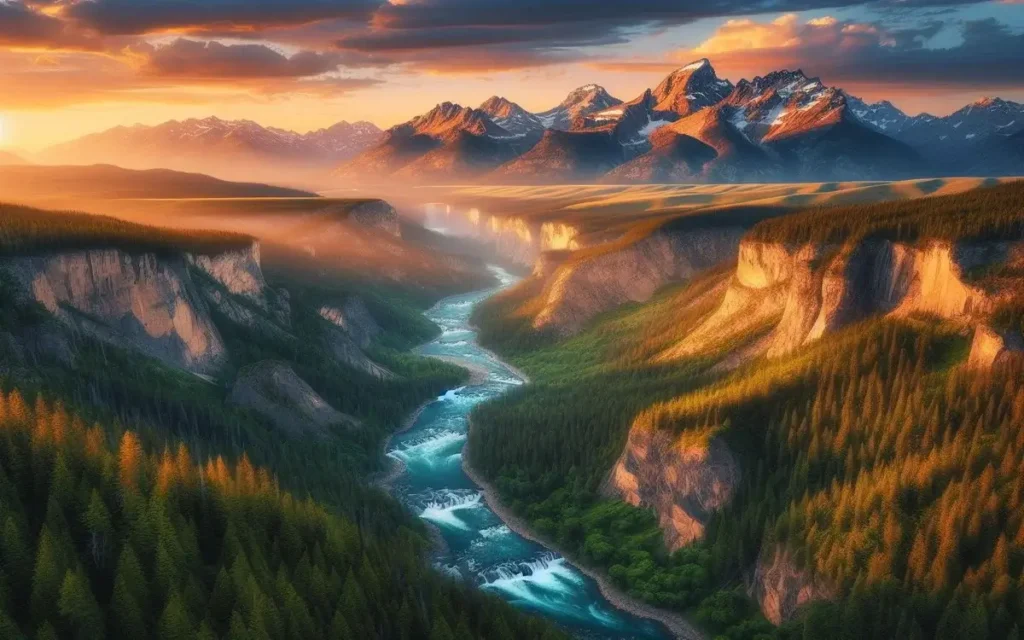
Related articles:
Exploring the World’s Biggest National Parks: Unveiling Nature’s Grandeur
Discover the Largest National Parks in Europe: Exploring Nature and Wild Landscapes
Into the Wild: Africa’s Largest National Parks Await Your Discovery
Exploring the Largest National Parks in Asia
Conclusion
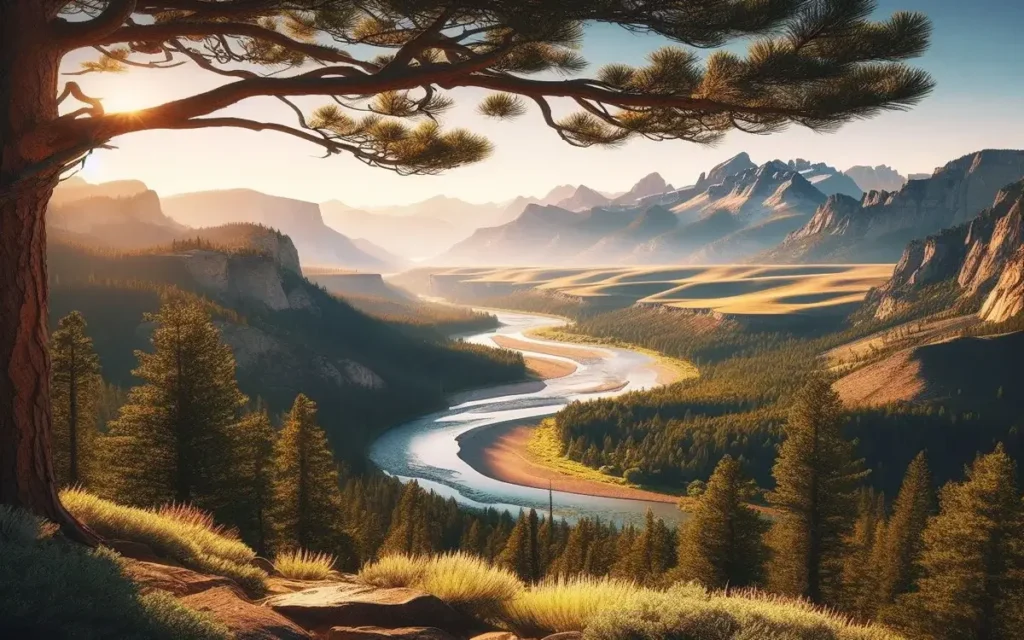
In conclusion, the United States is home to some of the most magnificent national parks on Earth, each offering its own unique blend of natural wonders and outdoor adventures. So, from the rugged wilderness of Alaska to the sun-drenched deserts of the Southwest, these parks showcase the country’s rich biodiversity and geological diversity. Whether you’re seeking solitude in the wilderness or thrills on the trail, there’s a national park waiting you to explore. So, pack your bags, hit the road, and discover the magic of America’s great outdoors.
FAQs (Frequently Asked Questions)
Q1: How many national parks are there in the United States?
A1: There are currently 63 designated national parks in the United States, each with its own unique landscapes and attractions.
Q2: What is the purpose of national parks?
A2: National parks are established to preserve and protect natural and cultural resources, provide outdoor recreation opportunities, and promote environmental education and conservation.
Q3: Are national parks free to enter?
A3: While many national parks have entrance fees, there are several fee-free days throughout the year, and some parks offer free admission year-round.
Q4: Can I bring my pet to national parks?
A4: Pets are allowed in most national parks but must be kept on a leash and are not permitted on trails or in park buildings. It’s important to check the specific regulations of each park before bringing your pet.
Q5: How can I support national parks?
A5: You can support national parks by volunteering, donating to park foundations, or simply visiting and enjoying these natural treasures responsibly.
